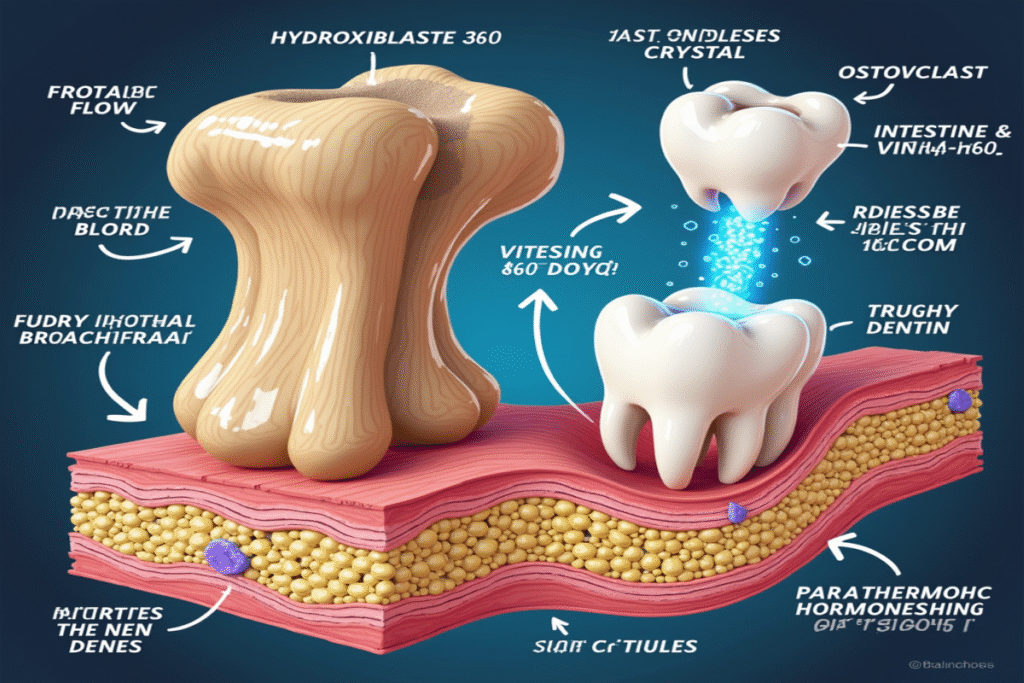Nature’s Tiny Engineers: Masters of Climate Control
In the scorching heat of African savannas, where temperatures can soar well above 40°C (104°F), colonies of termites have engineered a solution that would make modern architects jealous. These tiny insects, often considered pests, are actually remarkable builders who create structures with sophisticated ventilation systems that maintain near-constant internal temperatures—regardless of external conditions.
Architectural Marvels Standing Tall
Termite mounds are nothing short of engineering marvels. Some mounds stand up to 30 feet tall (for termites, this would be like humans building a structure 3,000 feet high!). These structures are not just impressive—they are functional masterpieces of thermoregulation.
Contrary to popular belief, termites do not actually live in the visible mound itself. The colony resides underground, while the mound acts primarily as a lung-like structure that regulates air quality, humidity, and temperature for the nest below.
How Does the Cooling System Work?
The brilliance of termite cooling systems lies in their use of passive ventilation—requiring no moving parts or energy consumption beyond the initial construction. The system works through several clever mechanisms:
- Chimney effect: The mound’s central core works like a chimney. As the sun heats the mound’s exterior, warm air rises through this core.
- Thermal mass: The thick walls of the mound act as thermal buffers, absorbing heat during the day and releasing it at night.
- Porous structure: The walls contain countless microscopic pores that allow gas exchange while maintaining humidity.
- Complex tunnels: An intricate network of tunnels connects the nest to the outside world through side vents, creating a continuous air circulation system.
This sophisticated design creates what scientists call a “thermosiphon”—a convection flow that continuously moves air through the structure, releasing carbon dioxide and bringing in fresh oxygen while maintaining optimal temperatures between 28–31°C (82–88°F), even when outside temperatures fluctuate wildly.
The Science of Termite Thermoregulation
Research by Dr. J. Scott Turner at SUNY College of Environmental Science and Forestry has revealed that termite mounds function as “external lungs” for the colony. The daily heating and cooling cycle creates pressure differences that drive air circulation through the colony’s living quarters.
What’s particularly fascinating is that different termite species have evolved different mound designs based on their local climates:
- In extremely hot, dry regions, mounds tend to be taller with thicker walls to maximize the cooling effect.
- In more moderate climates, mounds may be shorter with more external ridges to capture morning warmth.
- Some species build “magnetic mounds” that are oriented north-south to minimize exposure to the midday sun.
Bio-Inspiration: What Humans Are Learning
These remarkable structures have inspired human architects and engineers to develop more sustainable building designs. The Eastgate Centre in Harare, Zimbabwe, designed by architect Mick Pearce, borrows directly from termite mound principles to create a shopping center and office building that maintains comfortable temperatures with minimal energy use.
The building uses only 10% of the energy of conventional buildings its size by employing termite-inspired passive cooling techniques—saving an estimated $3.5 million in air conditioning costs during its first five years of operation.
Evolutionary Perfection
What is most awe-inspiring about termite mounds is that they represent millions of years of evolutionary refinement. These insects have been perfecting their sustainable cooling techniques since long before humans appeared on Earth.
While a single termite’s brain is smaller than a pinhead, collectively the colony demonstrates remarkable “swarm intelligence,” producing solutions to environmental challenges that continue to impress even the most brilliant engineers and scientists.
As our planet faces growing environmental challenges, these humble insects offer valuable lessons in sustainable design, showing that sometimes the most sophisticated technologies are not the ones we invent, but those we learn from nature.
Next time you encounter a termite mound, take a moment to appreciate it not as a pile of dirt, but as a sophisticated climate-controlled structure that represents one of nature’s most elegant engineering solutions.





